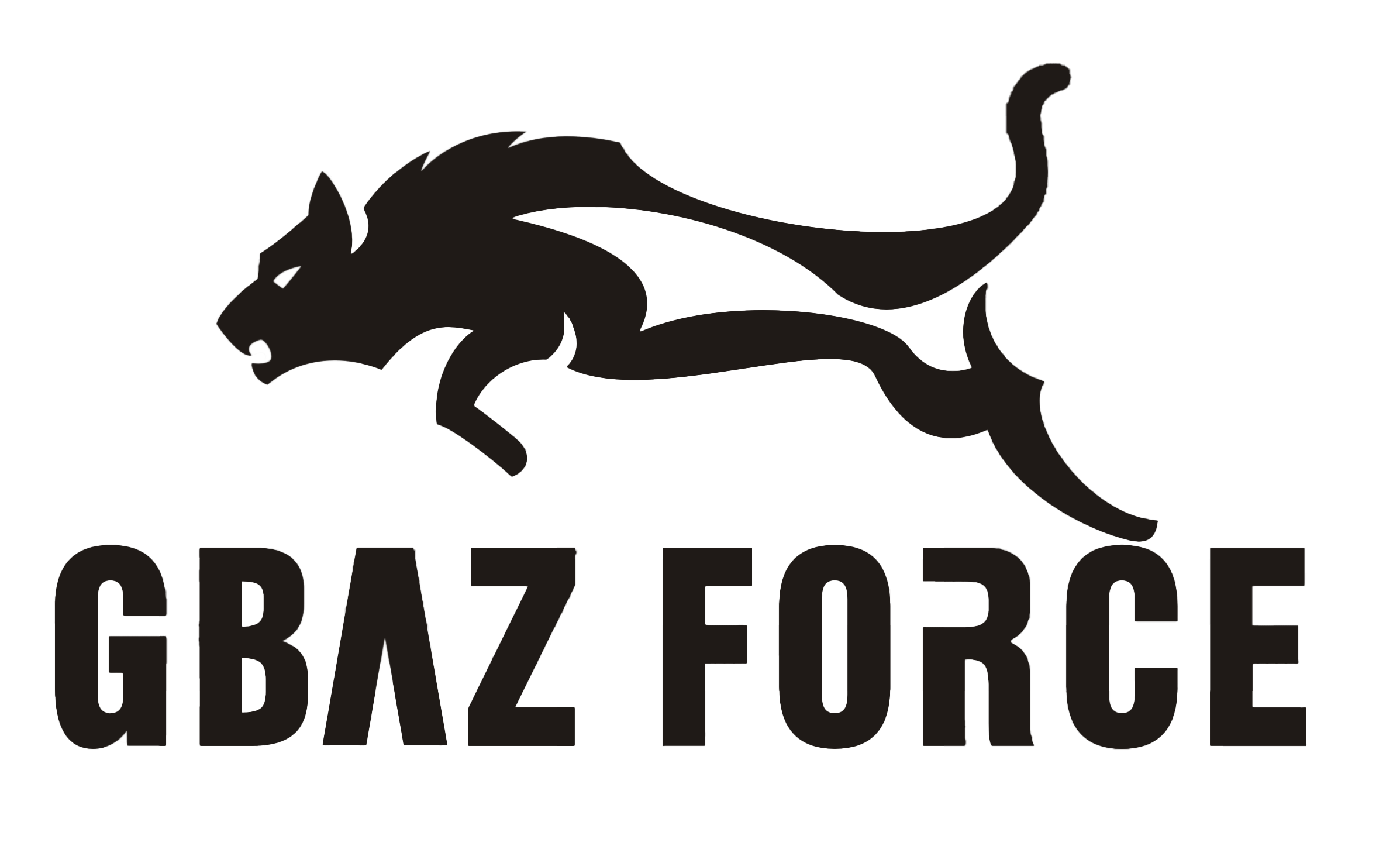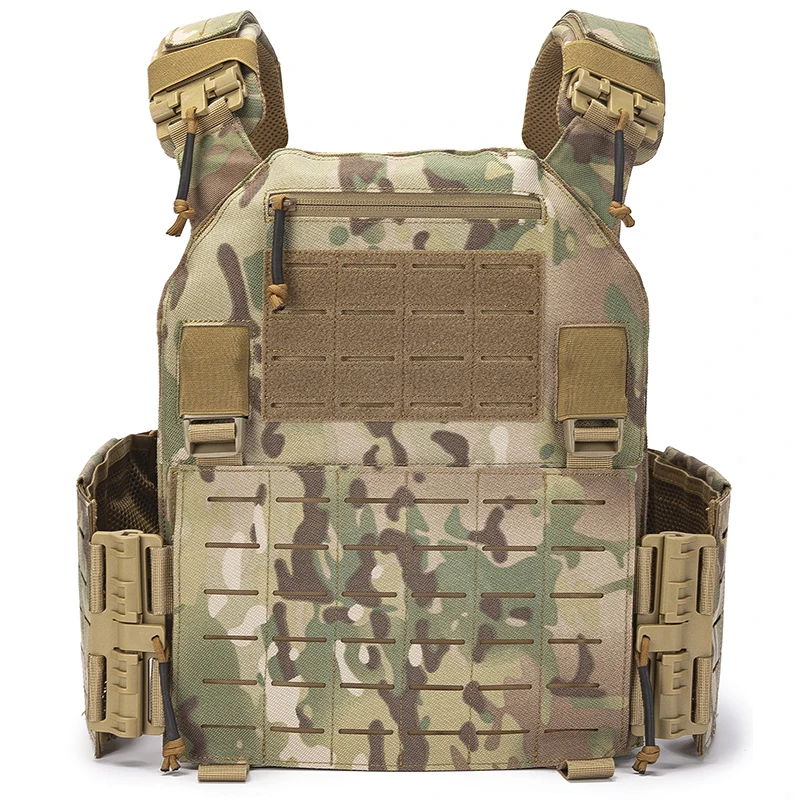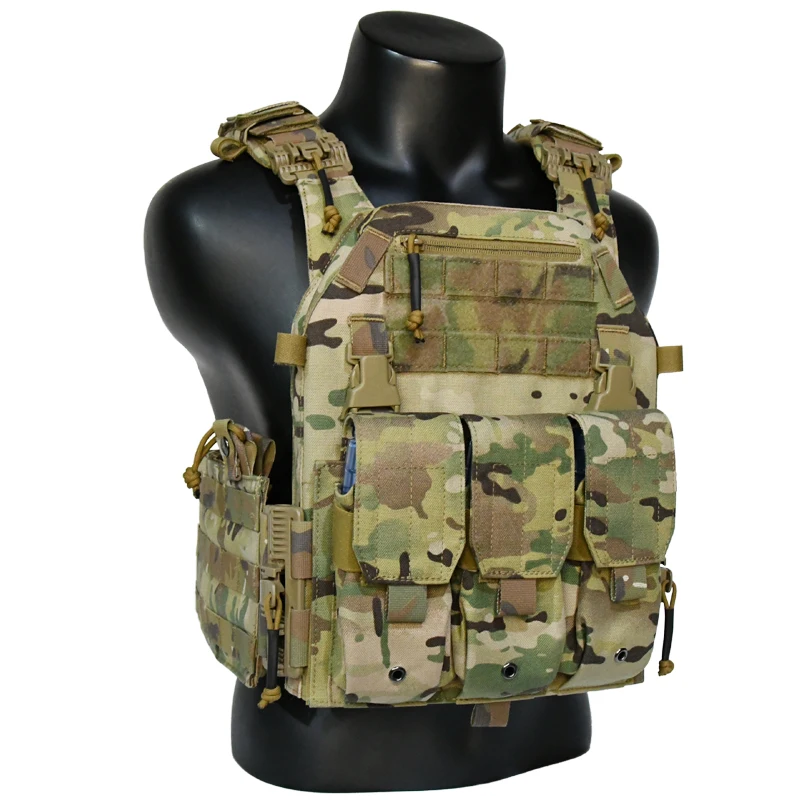Tactical Gear
PRODUCTS
Lightweight Tactical Gear Maximum Mobility
Material Advancements: The Key to Lightweighting
The revolution in lightweight tactical gear is largely driven by advancements in materials science. High-tenacity fabrics like Cordura® nylon, Dyneema®, and Vectran® offer exceptional strength-to-weight ratios. These materials are incredibly durable, resisting abrasion and tearing while remaining remarkably lightweight. This allows manufacturers to create gear that provides the necessary protection and functionality without the added weight of older, bulkier materials. The use of these advanced fabrics minimizes fatigue, a crucial factor in prolonged operations requiring sustained physical exertion.
Furthermore, the incorporation of advanced weaving techniques and construction methods further contributes to lightweighting. For example, ripstop nylon, with its reinforced grid pattern, offers superior tear resistance while maintaining low weight. Similarly, laser-cutting and other precision manufacturing techniques minimize excess material, resulting in a more streamlined and efficient design. The integration of these sophisticated materials and manufacturing processes results in a significant reduction in overall weight without sacrificing the durability and reliability demanded in tactical settings.
Ergonomics and Comfort: Enhancing Performance
Lightweight gear is not simply about reducing weight; it’s about optimizing the distribution of that weight and improving ergonomics. Poorly designed, even lightweight, gear can still hinder movement and cause discomfort, leading to fatigue and reduced effectiveness. Modern lightweight tactical gear focuses heavily on ergonomic design, using features like adjustable straps, padded compartments, and breathable materials to maximize comfort and minimize pressure points.
This emphasis on comfort translates directly into improved performance. When operators are not burdened by uncomfortable or poorly fitting gear, they can move more freely, react more quickly, and maintain higher levels of situational awareness. The reduced fatigue associated with comfortable, lightweight gear allows for sustained operations without the physical limitations imposed by heavier, less ergonomic equipment. This enhanced comfort and freedom of movement is a critical factor in maximizing operational effectiveness.
Modular Design and Customization: Adaptability for Diverse Missions
Many modern lightweight tactical systems utilize a modular design philosophy, allowing users to customize their loadout based on the specific mission requirements. This flexibility is crucial as different missions demand different equipment configurations. A modular system allows operators to easily add or remove pouches, carriers, and other accessories, tailoring their gear to the specific needs of the situation.
The ability to adapt quickly and efficiently is paramount in tactical environments. A lightweight, modular system allows operators to transition seamlessly between various mission profiles without the need to carry unnecessary weight or compromise on essential equipment. This adaptability not only improves efficiency but also enhances safety by ensuring operators have the right tools for the job, without being weighed down by excess gear.
Impact on Operational Effectiveness: The Bottom Line
The adoption of lightweight tactical gear designed for maximum mobility has profoundly impacted operational effectiveness across various sectors. The reduction in weight leads to improved speed, agility, and endurance, allowing operators to respond more quickly and efficiently to evolving situations. Enhanced comfort and ergonomics minimize fatigue and maximize situational awareness, leading to better decision-making and improved overall performance. Ultimately, the focus on lightweighting and maximizing mobility translates directly into improved safety and mission success.
The future of tactical gear undoubtedly lies in continued innovation in materials science and design. As technology advances, we can expect even lighter, more durable, and more ergonomically designed gear, further enhancing operational effectiveness and pushing the boundaries of tactical capabilities. The pursuit of lightweight tactical gear is not merely a trend; it’s a crucial evolution in the quest for optimal performance in demanding environments.
SUBSCRIBE
INQUIRY










